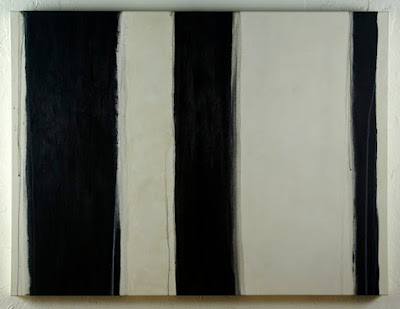About Encaustic
I was thinking that some of you may not be familiar with encaustic so here's a blurb about it! Enjoy!
The Art of Encaustic Painting
Encaustic is a word that is used to describe the medium as well as the painting process. A Greek word (enkaustikos) meaning ‘to burn’, encaustic utilizes melted bees wax, damar resin, and pigment to create the paint. It is one of the oldest painting mediums, dating back to the Egyptians and the Greco-
In order to paint with encaustics the wax must be melted with the damar resin resulting in what is known as encaustic medium. This medium has a higher melting point than just plain bees wax and helps prevent ‘bloom’ (a dust-
The beauty and fun of encaustics is that it is conducive to experimentation in both realistic and abstract expressions. The textures that can be created with encaustic are endless as you can use anything that can make a mark in the wax or collaged with the wax. The surface created by encaustic is unique to the medium and can be buffed to a shine. In addition to painting, encaustics are also used in, but not limited to: printmaking, sculpture, ceramics, photography, photo-



Comments
Post a Comment